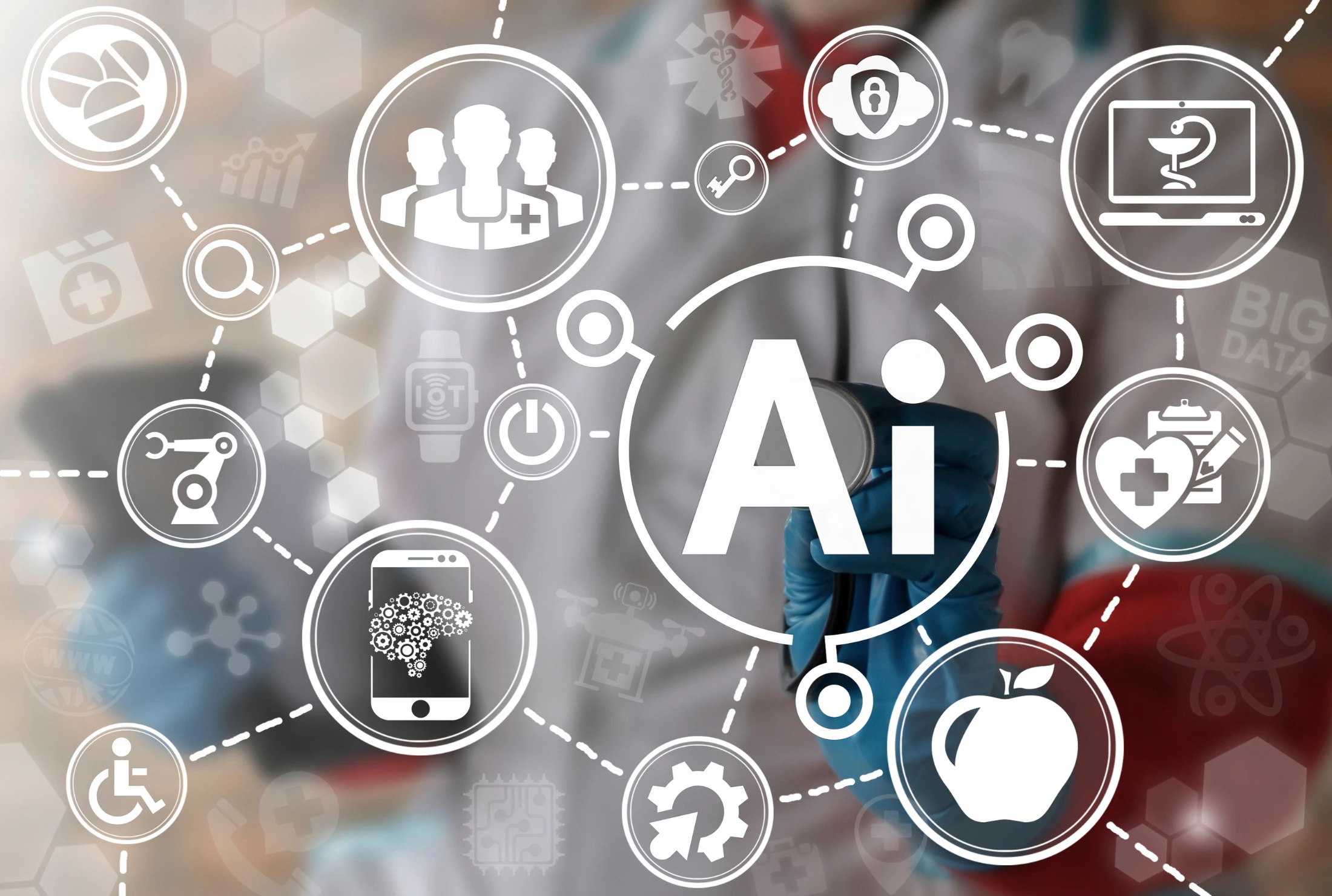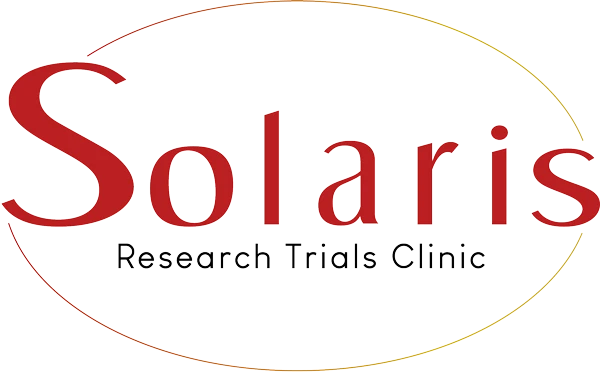
Last Saturday, while watching my nephew’s rugby match, a friend turned to me and said, “Have you read this? The same breakfast cereal can have different colors and ingredients depending on the country it’s sold in. Same manufacturer, and the same box, but different rules, different pricing, and different margins. This needs to change—it’s weird.”
That conversation struck a chord. This isn’t just about food. Cars, for example, have historically been designed and crash-tested primarily using male dummies, overlooking critical safety differences for other populations. The same challenge exists in pharmaceuticals, medical devices, and now, more than ever, AI-driven healthcare solutions. The fragmented landscape of global regulations is creating significant barriers to innovation and access.
The Challenge of Fragmented Regulations
Each country crafts its own regulations, each believing it is safeguarding its population. But in reality, we may be doing the opposite—limiting innovation, delaying access to critical solutions, and creating unnecessary roadblocks. With AI, these barriers become even more pronounced.
We are making it nearly impossible to develop solutions that can be used seamlessly across different populations.
AI and Healthcare: A Case for Global Standards
Yes, there are biological, genetic, socioeconomic, and regional differences and more. But the solution isn’t to restrict—we should include. Ethical boundaries should define safe use, not arbitrary restrictions that stifle progress. Instead of reinventing the wheel for every jurisdiction, we should be leveraging global data, learning from diverse populations, and scaling solutions efficiently.
A Path Forward: Harmonization, Not Isolation
The world is not a set of isolated silos. If we want true innovation, we must work globally—learning, adapting, and expanding—rather than redoing what was already done, simply to meet regulations built on perception rather than science.
This is exactly why I’m committed with my consulting to a global approach – leveraging harmonization, standardization, and general principles ensuring we scale knowledge rather than limit it. The future of healthcare, AI, and innovation depends on it.
By scaling knowledge instead of limiting it, we can unlock the full potential of AI in medical imaging and clinical decision support systems. The future of healthcare, AI-powered diagnostics, and healthcare digital transformation hinges on our ability to transcend national boundaries and embrace a collaborative, globally aligned regulatory landscape.
Do you have thoughts or any questions about the need to push for regular alignment?
Please feel free to reach out to me and start the conversation.
